|
|
|
|
|
|
|
|
Photo Gallery for Hemidactylus turcicus - Mediterranean Gecko
| 8 photos are shown. |
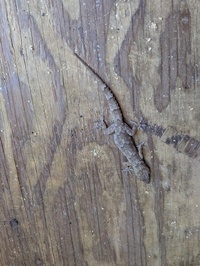 | Recorded by: Dylan Armstrong
Union Co.
Comment: | 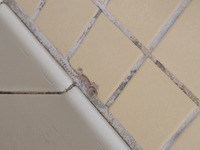 | Recorded by: Jenn Moreau
Rowan Co.
Comment: |
 | Recorded by: Jenn Moreau
Rowan Co.
Comment: | 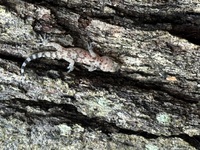 | Recorded by: Em Puertolas
Wake Co.
Comment: |
 | Recorded by: Em Puertolas
Wake Co.
Comment: | 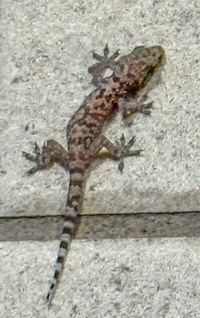 | Recorded by: Em Puertolas
Wake Co.
Comment: |
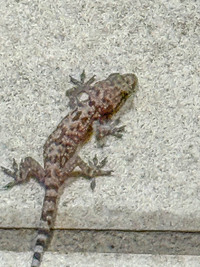 | Recorded by: Em Puertolas
Wake Co.
Comment: | 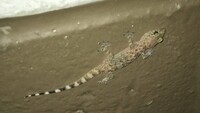 | Recorded by: D.C. Hofmann
Craven Co.
Comment: |
|
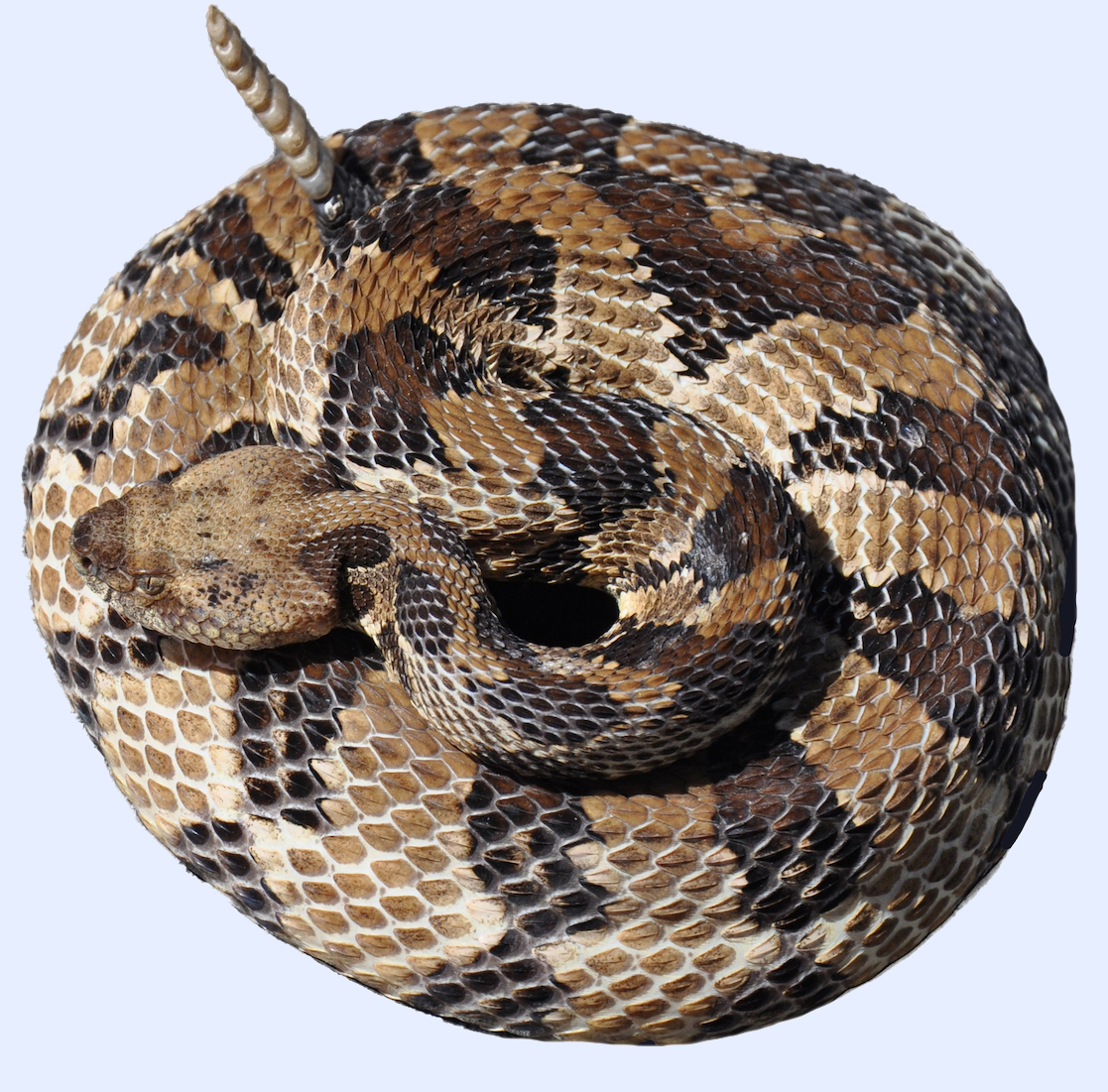
 »
» 



 »
» 

